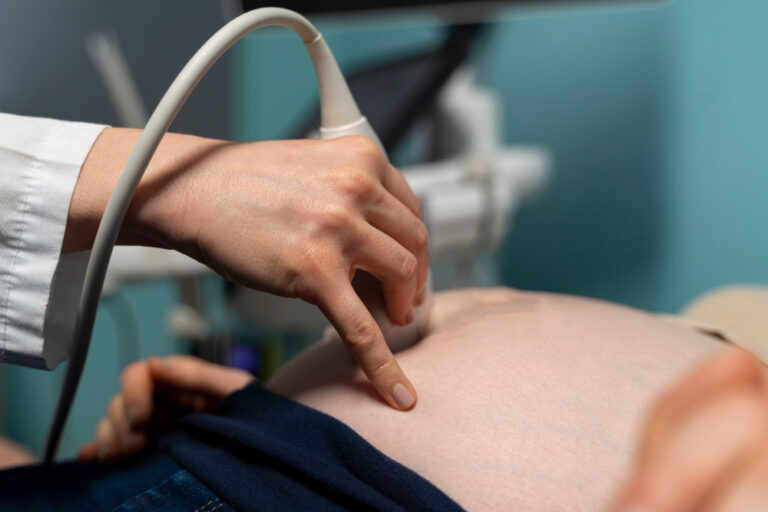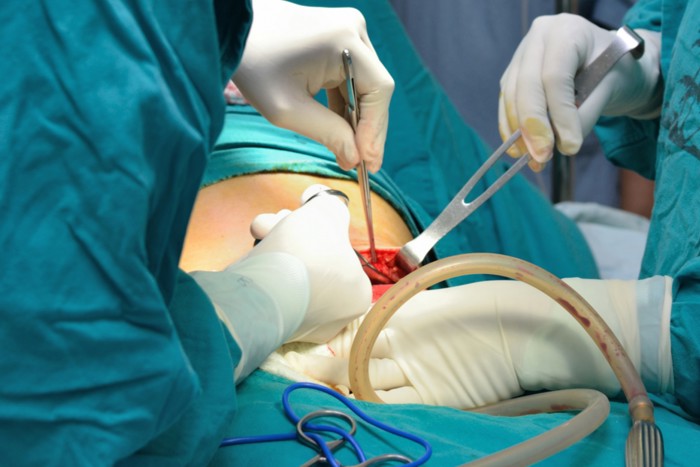Cesarean Delivery
- Home
- Procedures Done
- Cesarean Delivery
Dr. Smita Jadhav: Cesarean Delivery Doctor in Salt Lake, Kolkata
What is cesarean delivery?


Who can have a cesarean delivery?

What is Abnormal Menstruation?
Abnormal menstruation, or menstrual irregularity, refers to any deviation from a regular menstrual cycle. While variations in menstrual patterns are common, abnormal menstruation involves significant deviations in frequency, duration, or intensity. This condition can manifest in various ways, disrupting the usual rhythm of a woman’s menstrual cycle and, in some cases, leading to other, more severe health concerns.
Send Us Message
Call Us
+91 9748825624
Email Us
drsmitajadhav76@gmail.com
Our Location
IB-193, Broadway Rd, IB Block, Sector III, Bidhannagar, Kolkata, West Bengal 700106
Steps of a cesarean delivery
Step One
You will be positioned on an exam or operating table, and if not already done, a urinary catheter will be inserted. An IV line will be placed in your arm or hand to administer fluids and medications.
Step Two
Your abdomen will be covered with sterile material, and a drape will be placed above your chest to shield the surgical area from view.
Step Three
Throughout the procedure, the anesthesiologist will monitor your heart rate, blood pressure, breathing, and oxygen levels. Once the anesthesia takes effect, the gynecologist will make an incision above the pubic bone, either horizontally or vertically. You might hear the sound of an electrocautery machine being used to stop any bleeding.
Step Four
The gynecologist will make deeper incisions through the tissues, separating the muscles until reaching the uterus. They will then make a final incision in the uterine wall, which can also be horizontal or vertical.
Step Five
After opening the amniotic sac, the baby will be delivered through the incision. You may feel pressure or pulling at this stage.
Step Six
Once the baby is delivered, the umbilical cord will be cut, and medication will be given through your IV to help the uterus contract and release the placenta. The gynecologist will remove the placenta and check the uterus for any tears or retained tissue.
Step Seven
Next, the incision in the uterine muscle will be closed with stitches, and the uterus will be repositioned in the pelvic cavity. The muscles and tissue layers will be sutured, and the skin will be closed with either stitches or surgical staples. Finally, a sterile bandage will be applied to the incision site.
Benefits of Cesarean Delivery

Safer option for complicated pregnancies

Reduced risk of birth trauma

Planned timing

Avoidance of prolonged labor

Fewer pelvic floor issues


